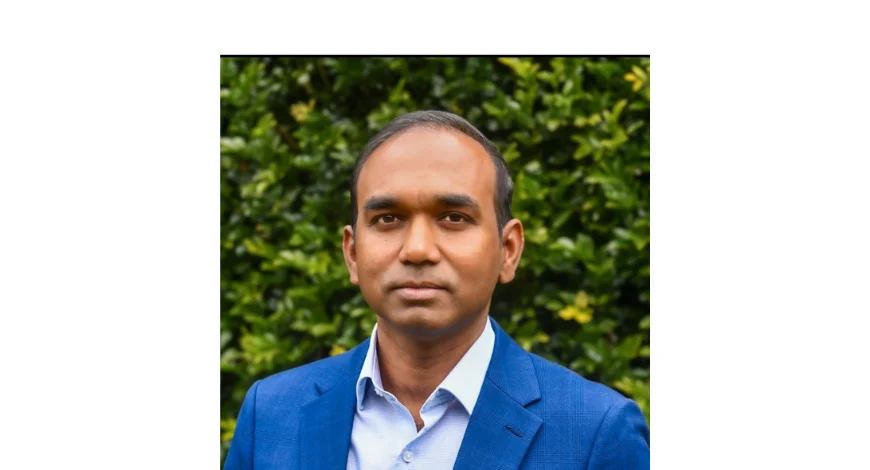
Delivering the keynote at Digital Travel APAC 2025 in Singapore, Mastercard vice-president of retail and commerce Annie Urwin pointed out how generative AI and data can go a long way in terms of reinventing travel strategy on both regional and global levels.
Urwin explained that there is a gap between what people search for and what they actually do or what decisions they eventually end up making.
Indeed, customer expectations today are shifting rapidly; so organizations are hard-pressed to keep up.
She said: "I want to explore two big shifts that are reshaping how organisations are informing strategy. Firstly: how generative AI is turning into real-time insights. Secondly: how experimentation is becoming the most important muscle for growth."
At the same time, Urwin corrected the assumption that the travel industry doesn't have enough data; on the contrary, there is too much data.
In fact, there is so much, that people and organisations don't know what to do with all of it.
As Urwin put it: "There are more dashboards than decisions, more reports than results. We're measuring everything, but understanding very little."

How generative AI can help
Currently, travel businesses are swamped under by raw data.
Unfortunately, there is no synthesis, or putting a why to the what, involved.
Urwin said of the situation: "When teams don't know where to look, they default to gut feel. They delay action or, worse, they make the wrong call based on a single data point."
This is something that generative AI can help with, as it can be used to bring together signals across teams, helping them discern what data matters and what doesn't.
Data is one thing, but travellers are another
Another key issue that challenges the travel industry globally is the rate at which traveller behaviour is evolving.
Urwin describes it thus: "Traveller behaviour is changing faster than ever. What they search for, how they book, and when they convert is no longer linear and it's rarely predictable."
Fortunately for the industry, companies like Mastercard have looked into the data as well as both current and emergent technologies that go a step beyond.
In the case of generative AI, it not only gathers data, but also interprets it in a meaningful manner.
According to Urwin: "Generative AI creates a new layer between humans and data. It takes search trends, reviews, purchase data, and social sentiment; connecting the dots to turn data into answers, and these answers into experiments. Such experiments don't just automate processes, but they augment them."
As a result insights are gleaned faster, easier, and comes off as more human.
These insights then serve as a foundation for more effective travel strategies moving forward.

Where the Secret SAUCE comes in
In closing, Urwin shared an acronym: Secret SAUCE.
The acronym serves as a guide that companies can use when contemplating the use of data, generative AI, and other innovations in their work.
These are:
- Spot the signals;
- Ask better questions;
- Unlock your data with the right tools;
- Create experiments based on the insights; and
- Empower every team in your organisation with the right tools for the job.




















